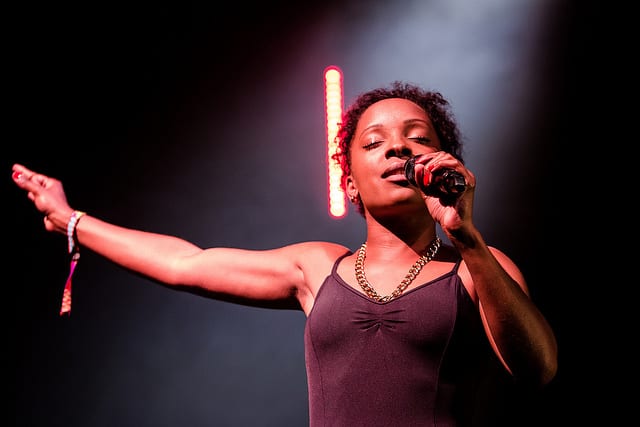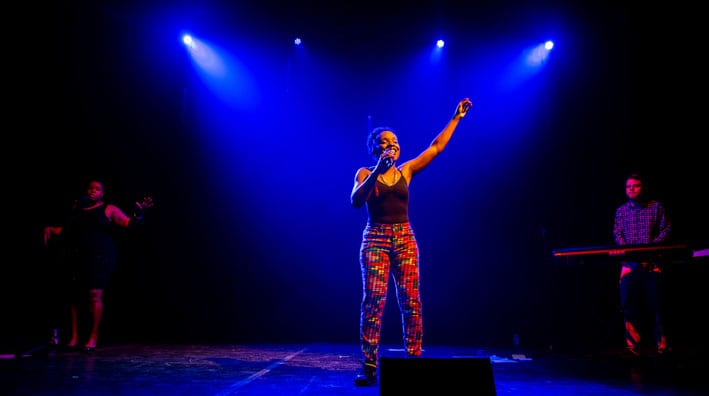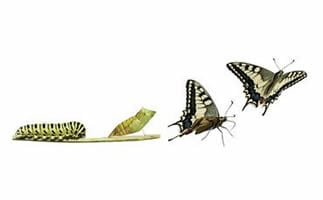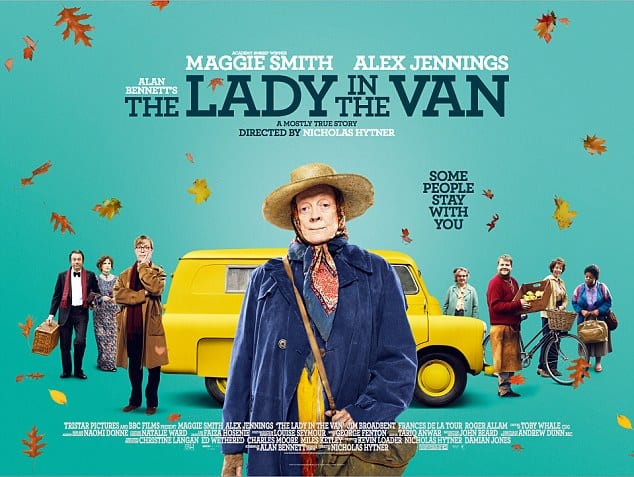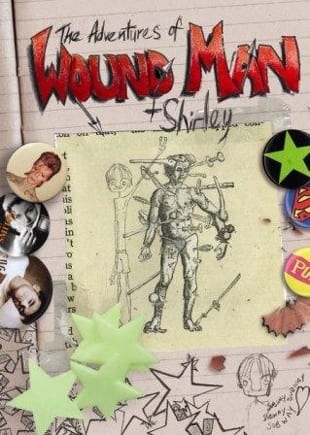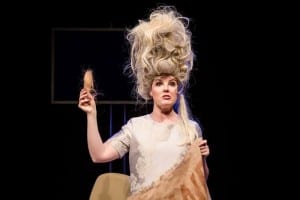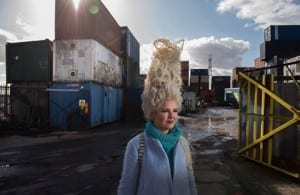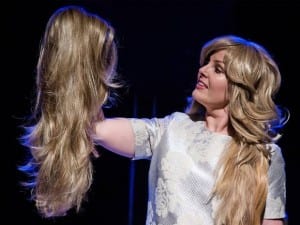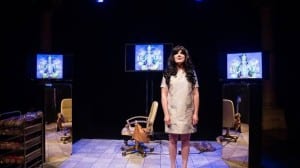On Thursday 21st April I watched With a little bit of luck (2016), a Paines Plough production, written by Sabrina Mahfouz. Not only was the show a treat to watch, but it was also extremely influential for my own solo performance. Through spoken word, song, and poetry, it told the story of a 19 year girl, Nadia, who’s passion for UK garage music takes her into a spiral of bad decisions.
Immersive theatre
The ‘fist-pumping euphoria […] [and] diamond-clear language’ (Pringle, 2015) transported us, the audience, into a hypnotic trance-like place, where music and energy surged through your body, leaving it virtually impossible to not dance along. It was set in the Platform, with alcoholic drinks served from the bar, and dance music playing as soon as you stepped foot through the door. It felt more like a festival gig rather than a theatrical performance. One review commented that it offered ‘an ambient trip to the recent past […]. The mingling of live music, retro call backs and creative scripting are a fun, immersive combination’ (Fountain, 2016). I really liked how it immersed the audience into the themes of the performance from the outset, even from before the performance had started.
George Home-Cook stated that immersive theatre ‘claims to break down […] the audience/stage divide, and to invite the audience to actively participate in the theatrical event. Immersive theatre thus not only promises, but trades on it’s ability to provide a particular […] all-encompassing, multi-sensory, participatory experience’ (Home-Cook, 2015, 132). This made me think about my own performance and how I could create this intimacy and immediacy into my work. Was there any way of starting the performance (via the atmosphere) before I spoke a word? I thought back to my emphasis on my cocoons and their slow paced, homely feel.
Influenced by the works of Sabrina Mahfouz, I have decided to transform the far half of studio two into one giant stylised cocoon. The audience will walk through the door to be greeted by a dimly lit studio two. The far section will be curtained off and the audience will enter this section through a small parting in the curtains. This is my cocoon. Within this section the staging will be just as before, with the projector, music equipment and family memorabilia. I wish to create more of a relaxing atmosphere when the audience arrives to represent the comfort and relaxed way of life of my cocoons. The audience will be sat on beanbags, there will be smooth jazz playing in the background and incense sticks burning. I will be sat on stage in my pjs, having a cup of tea and reading a copy of The Stage Magazine. There is not one morning in my house that my mum and dad won’t have incense burning and jazz playing in the background; therefore I wanted to recreate this for the audience. Continuing on this idea of comfort, I will perform my entire performance in my pjs. The pjs show how I haven’t got dressed and ready to face the day, and how I’m still in my comfort zone. This draws parallels with my current situation, as I feel I have yet to get ready and face the real world, and how I’m still attached to my home relationships. When the performance is coming to an end, and I am creating music, the lights will gain brightness and by the end of the performance the audience will exit the cocoon to a brightly lit studio to, symbolising the brightly lit future now they have exited the comforting cocoons.
Speech underscored by music
What I also took from this performance was the use of music throughout the entire show. There was not one moment that was not accompanied by live musical underscoring. This stood out for me as I wanted to also underscore the last section of dialogue with the music I had made. This also reminded me of my earlier research on Laurie Anderson. Much of her work consists of spoken words underscored constantly by electronic music. For example, her most famous track Oh Superman! (1982). This unusual track seemed to hit a chord with the public at the time and rocketed to number one. The success of Laurie Anderson and With a little bit of luck, therefore, suggests that underscoring can be an effective theatrical tool. Both performances show me ways of playing with the volume and timing of the underscoring track in order to effectively interweave it into the pace of the dialogue. This is something I will be playing around with more over the next week.
Work Cited
Fountain, T. (2016) With a little bit of luck. [online] TV Bomb. Available from http://www.tvbomb.co.uk/2016/04/with-a-little-bit-of-luck/ [Accessed 26 April 2016].
Home-Cook, G. (2015) Theatre and Aural Attention: Stretching Ourselves. London: Palgrave Macmillan.
Mahfouz, S. (2016) With a little bit of luck. [performance] Stef O’Driscoll (dir.) Lincoln: Lincoln Performing Arts Centre, 21 April.
Pringle, S. (2015) Latitude 2015. [online] London: The Stage. Available from https://www.thestage.co.uk/reviews/2015/latitude-2015/ [Accessed 26 April 2016].

